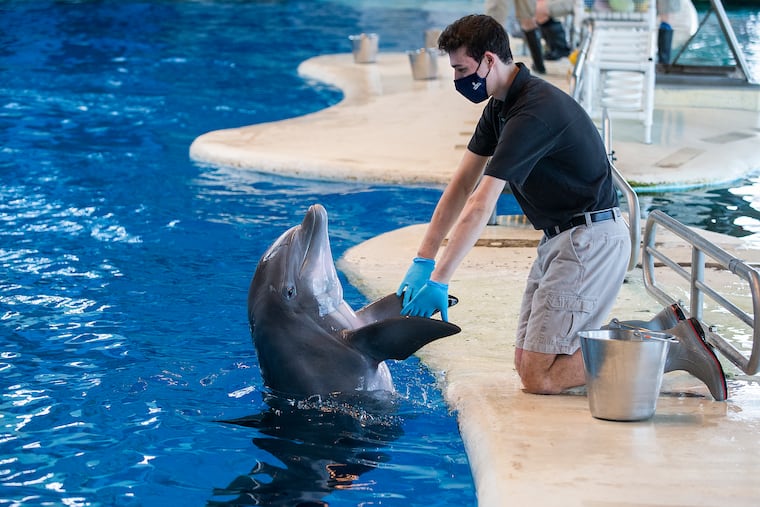Training dolphins gave a Swarthmore basketball player a new passion during the pandemic | Mike Jensen
When Swarthmore canceled sports for this academic year, many of the men’s basketball players took a gap year of sorts. This is how Julian Levin has spent his.
